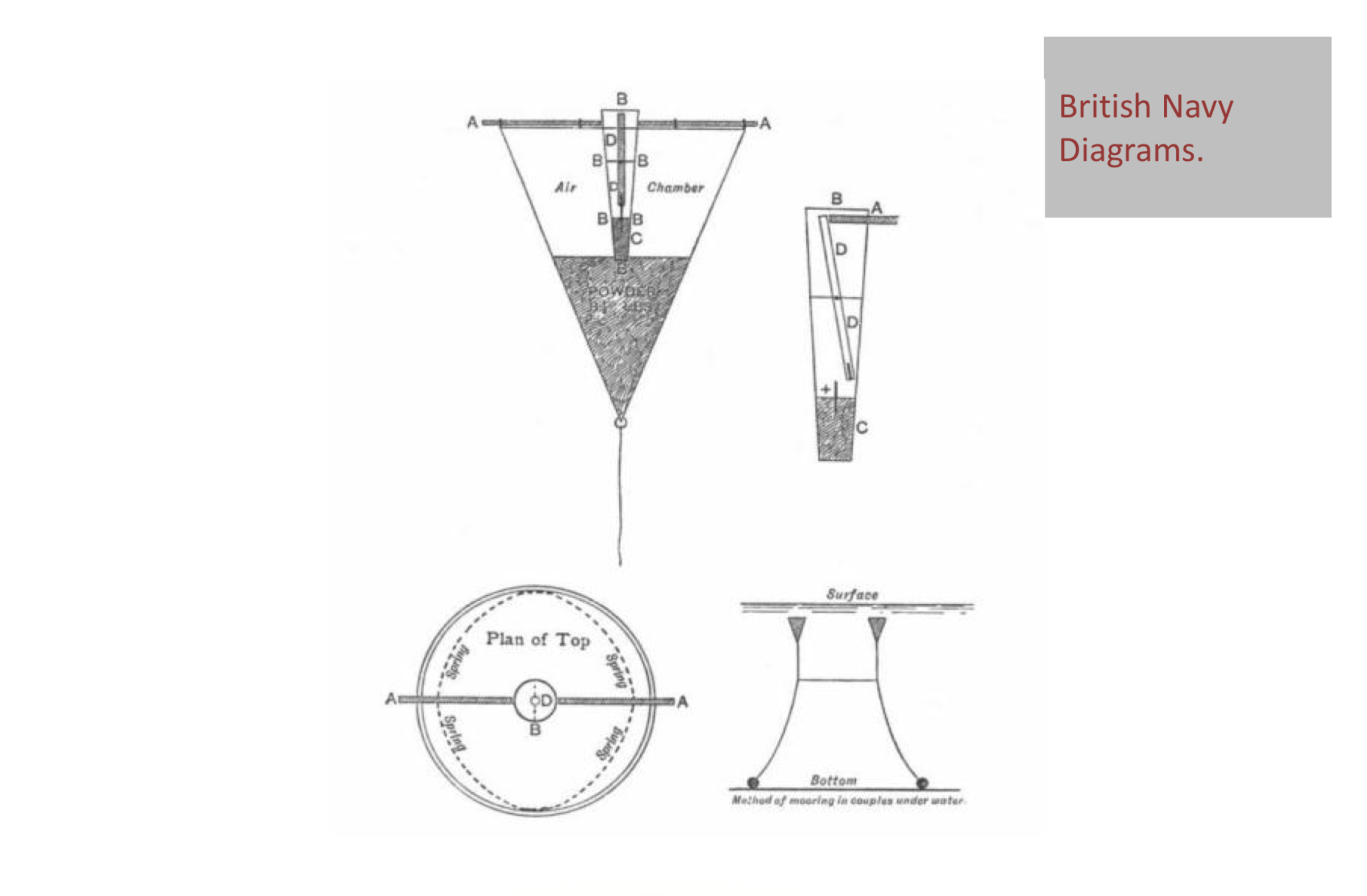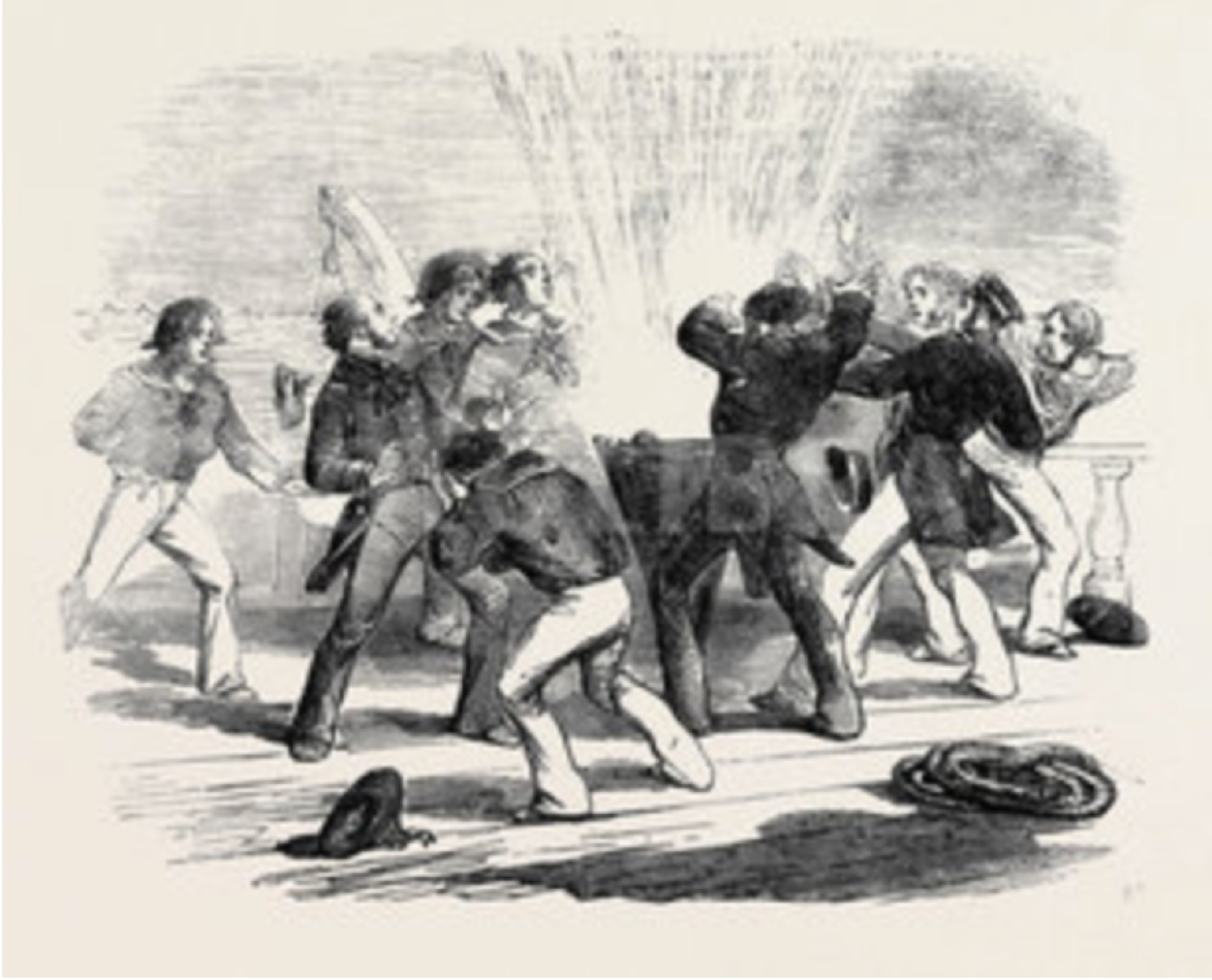In the last few days the British Royal Navy have announced a “large” deployment (their words not mine!) to the Baltic as part of a NATO exercise. The reports mention that this is the largest deployment to the Baltic for 100 years.
Actually the previous deployments are pretty interesting. If you don’t know the story of Agar VC, who tore around the Baltic in a fast torpedo boat, delivering and picking up spies for MI6, then sinking Russian cruisers, in 1919 (!) you should read this life story here. Jaw dropping stuff. I have mentioned one of his WW2 exploits here, and he also took part in the Zeebrugge Raid in 1918, so he is a recurring character on this blog. Nothing to do with explosives but the story of the sinking of HMS Dorsetshire is remarkable.
There also was a significant range of British naval operations in the Baltic during the Crimean war (1855). I’ve mentioned this in passing in earlier posts but it’s worth revisiting. The Russians had a major naval base on the island of Kronstadt hat was potentially a target for attack by the British Navy. The Russians deployed a fairly large number of explosive devices, tethered just below the surface of the sea on the approaches to the base, in effect an early sea mine. (Similar devices had been deployed in the Crimea and you can see a superb drawing of one here)
The British Navy on patrol in the Baltic became aware of them, and decided to investigate, sending two ships, with senior officers aboard to recover and examine the devices.
Here’s a Royal Navy diagram:

The device works when the rod A-A is struck by the side of a vessel. This rod then pushes on a glass vial of Sulphuric Acid (D-D), breaking it at the bottom. The acid drops into a container full of Potassium Chlorate (C), causing a reaction which ignites the gunpowder charge. This fuze is called a “Jacobi fuze” although in fact it was designed by Immanuel Nobel, father of Alfred Nobel.
Provided the rods aren’t pushed, (they are held by a spring), it is possible in theory to recover the mine, which is exactly what sailors from a ship carrying Admiral Seymour did. On recovering the device onto the deck of the ship it was carefully taken apart, and there was discussion amongst the officers observing how the mechanism should work. Admiral Seymour, being a “hands-on sort of chap” worked it out an exclaimed “O no. This is the way it would go off” – and he pushed the bar A-A. The device duly functioned as intended , exploded, and knocked everyone down around it. Seymour survived but was badly injured.

The very next day, a ship carrying Admiral Dundas recovered a similar device. Admiral Dundas performed exactly the same trick as Admiral Seymour, the device exploded and Dundas nearly lost his sight.
Senior officers eh?

I vaguely remember a story from more recent times that a suicide device was once recovered in full working order to the office of a senior Afghan official in Kabul, fortunately without the same result.